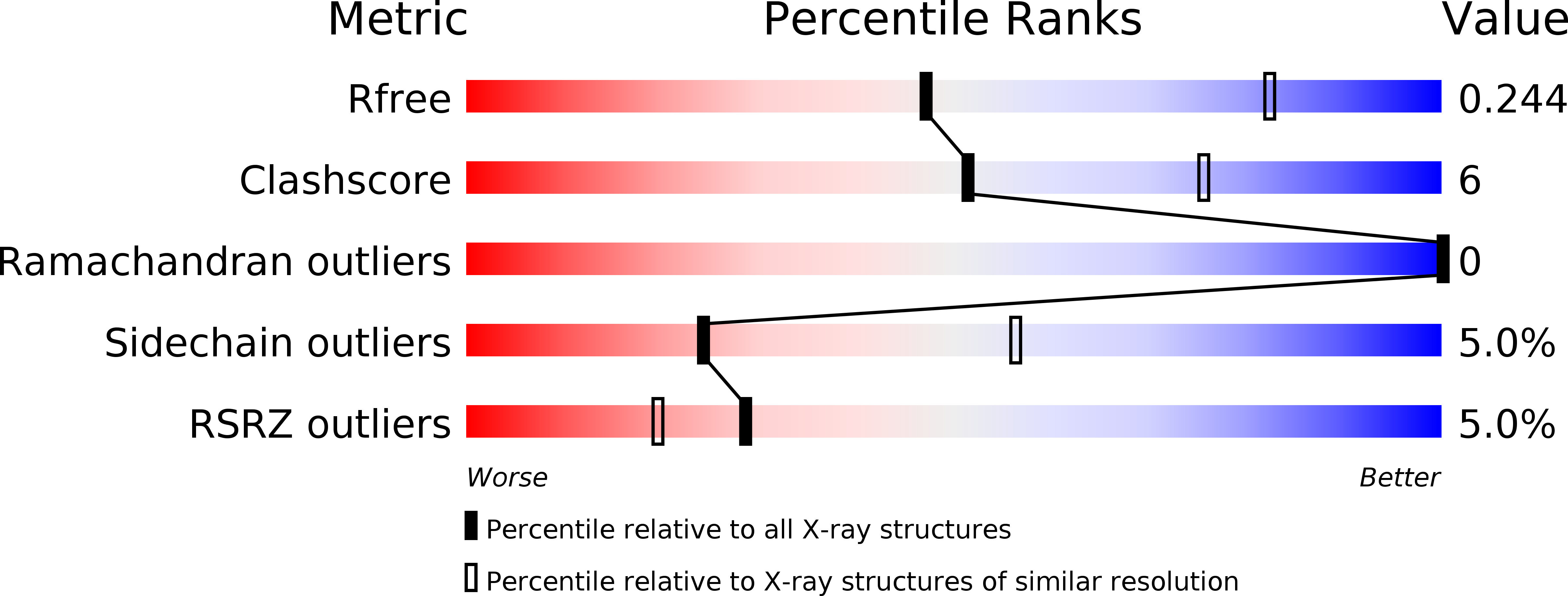
Deposition Date
2019-08-22
Release Date
2020-03-25
Last Version Date
2023-10-11
Entry Detail
PDB ID:
6U3T
Keywords:
Title:
Structure-based discovery of a novel small-molecule inhibitor of methicillin-resistant S. aureus
Biological Source:
Source Organism:
Staphylococcus aureus (Taxon ID: 1280)
Host Organism:
Method Details:
Experimental Method:
Resolution:
2.79 Å
R-Value Free:
0.24
R-Value Work:
0.19
R-Value Observed:
0.19
Space Group:
I 4 2 2


